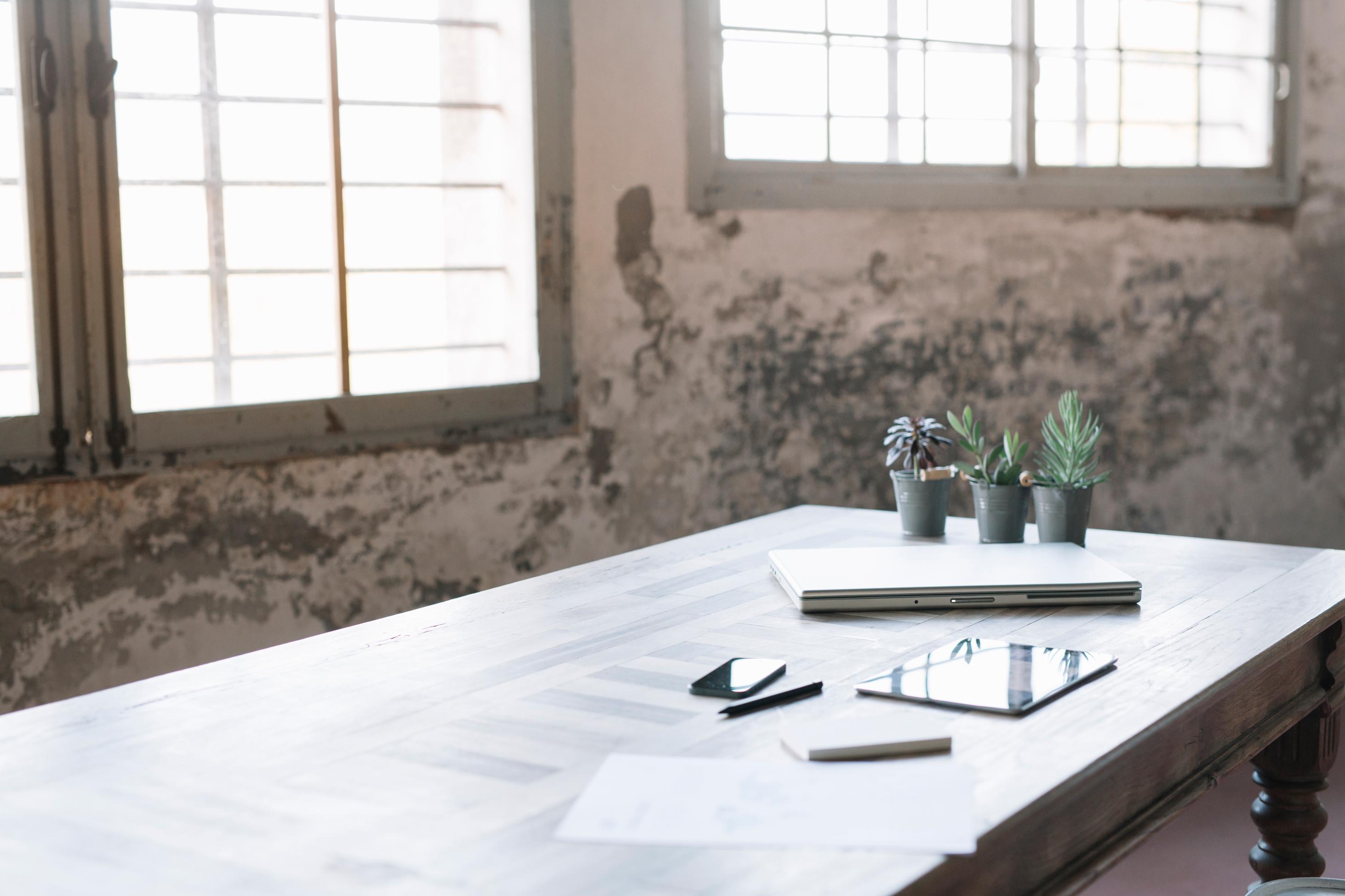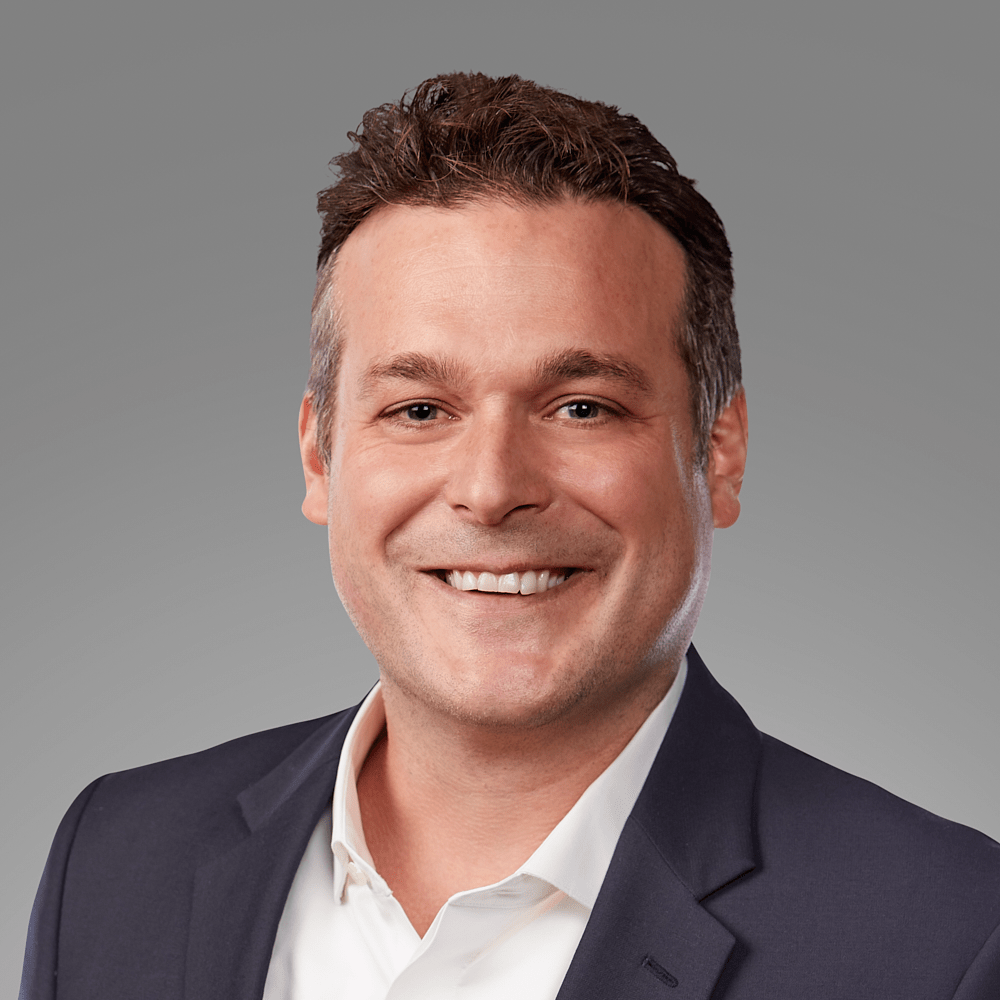Real-World Guidance That Transcends Investments
Planning for the Dreams at the Center of Your Financial Life
Financial planning is more than just a service to us — it is a journey of empowerment that we embark on with our clients as we help them strategically pursue their unique financial aspirations. From individuals, families and business owners to corporate and medical professionals, we believe that everyone deserves the opportunity to discover the peace of mind that comes with financial confidence.
SERVICES
How Does Having a Plan Increase Your Chances for Financial Success?
We can tell you without hesitation that having a plan in place is better than having no plan at all. This statement is true for investing and applies across all areas in life, whether you are deciding on your next career move or throwing a surprise birthday party for your closest friend. Forum advisors are specialists when building financial plans, and we are serious about tax planning, healthcare expense planning and estate planning. A plan should be all-inclusive, which includes identifying strategies to save for long-term goals and short-term cash cushions because emergency funds are essential. Let’s plan something (financial) together.
How Can You Make Sure Your Money Lasts Longer Than You Do?
When you have spent so many years saving, it can be difficult to see the value of that portfolio decrease as you begin your retirement. While it would be ideal to live only on interest, your cash flow needs in retirement will likely derive from a combination of drawing down on your portfolio and income from it. It is critical to have a sustainable spending strategy, so we implement tax planning around withdrawals including strategic use of Roth conversions, when appropriate. These are just a few of the options we consider when creating a plan to keep your portfolio working throughout retirement.
Is Your Portfolio Diversified to Reflect Your Risk Tolerance?
If we relied on headlines and social media to inform us about investing, we could assume the Dow is the entire stock market. To set the record straight, there are only 30 stocks in the Dow Jones Industrial Average while there are more than 11,000 stocks in dozens of countries that allow investors to manage risk through diversification. We build globally diversified portfolios for our clients using low-cost asset class funds to match a client’s risk tolerance, or the ability, willingness and need to take risk. Why? Because diversification not only reduces risk, but it also drives higher expected returns.
Are You Considering the Effects of Taxes on Your Wealth?
Asset location and tax strategy go to the heart of wealth preservation. Asset location is the placement of assets strategically into taxable, tax-deferred and Roth accounts to maximize after-tax wealth. We explain the benefits of tax planning to clients in this way: Would you want to make the exact same portfolio return but pay less in taxes? It is possible to accumulate the same pretax return where the result is paying less tax long term when a wealth strategy is tailored to an investor’s specific circumstances. That is where we start when evaluating how to preserve your wealth.
Do You Have a Formal Estate Plan and Updated Beneficiaries?
When you name your beneficiaries, you are personally directing who will receive a portion of your wealth. Beneficiary designations are legal designations that will override instructions outlined in a will, even if the will was written after the beneficiaries were named. In the event that you do not name any beneficiaries, by default, you have named your estate as beneficiary. Your estate includes everything you own, including both liquid and non-liquid assets. Considering how many decisions you need to make when designing an estate plan, it is wise to consult a financial advisor and estate planning attorney for assistance.
What Should You Know About the Costs of a College Education?
When so much emphasis is placed on applying to the most prestigious schools, students and families should start with a written plan to provide a frame of reference before starting to investigate and gravitate toward different colleges. It is important to know all associated expenses (not just tuition) and how much financial assistance is being offered in the form of financial aid or merit money when considering acceptance offers from colleges. We help parents with college-bound students make decisions about saving for college and managing higher education debt that will shape a student’s life long after graduation.
Are You Familiar With the Ways You Can Fund Your Charitable Goals?
We can help you build a charitable giving strategy that supports the causes and people important to you. Before you begin funding your charitable goals, it is essential to outline all the organizations and individuals you want to commit to helping now and then later via your estate. With this comprehensive plan in hand, we will assess the optimal ways to give through different charitable vehicles while maximizing your contributions that safeguard your wealth.
Will Your Business Succession Plan Ensure a Seamless Transition?
Forum advisors understand what it means to devote time and energy to seeing a business succeed. So, we are familiar with why some business owners are hesitant to begin the succession planning process and put in writing what will happen when someone new steps into the role of chief cook and bottle washer. With so many decisions required to ensure the longevity of a business, there are real risks associated with waiting to plan or having a weak plan. We help business owners prepare for a transition of ownership that represents their wishes for their business, their clients and their legacy.


OUR TEAM
Decades of Experience.
Down-to-Earth
Demeanor.
We realize that starting a new wealth management relationship can feel a bit overwhelming. We also know that qualifying the person to entrust with your financial hopes and dreams goes beyond credentials alone.
That is why we embrace the value in finding the shared interests and common ground that result in more meaningful working relationships that you will truly enjoy being a part of.
YOUR EXPERIENCE
Holistic Financial Planning for Your Life
You Do Not Need to Hire Someone to Read the Status of Your Portfolio to You
As fiduciaries, we take pride in the opportunity to operate with your best interests in mind and at heart, and the experience you have with us begins and ends with you. We start by taking a genuine interest in understanding your life, your values and your aspirations to help paint the bigger picture of your financial life.
From there, we develop a strategic plan that is thoughtfully tailored to your unique goals and becomes the foundation upon which our relationship will evolve over time at a pace that works for you.

Mission and Vision
Reimagine
and Achieve
What Is Possible
Our Guiding Principles
Our mission is to empower people to reimagine and achieve what is possible. These tenets have been guiding principles for our associates, advisors and partners since Forum’s inception. We further define our purpose through our vision to remain a 100% advisor‐owned partnership designed to improve lives and provide continuity across generations. We believe in human ingenuity. Furthermore, we are mentors, caregivers and advocates for diversity. These values guide us as we help our clients find fulfillment through the pursuit and realization of their most important financial goals.
CONNECT
It’s Never Too
Early to Start a
Conversation-ship.
Whether you are ready to invest for the first time or looking for a new partner who actually understands your wealth management needs, we would love to help you explore what is possible with Forum.
Candor
We believe our clients deserve the kind of financial “real talk” that we engage in with our friends and loved ones.
Confidence
We strive to empower our clients to confidently pursue their financial dreams by imparting knowledge to them.
Compassion
We equally value the significance of your financial well-being and the experience you have with an advisor.






